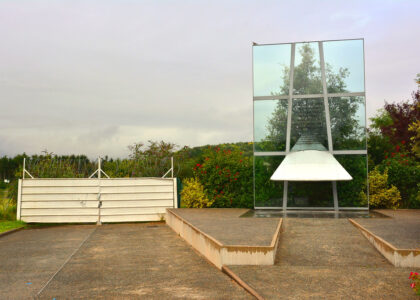Welcome to the Lacey Museum, a small yet captivating portal into the rich history of Lacey, Washington. Nestled in Thurston County, Lacey’s story begins long before it became a city, with the indigenous Nisqually and Squaxin Island Tribes calling this land home for centuries. The museum stands as a testament to preserving these stories and those of the settlers who followed.
In the early 19th century, Lacey was part of the Oregon Territory, a vast region filled with promise and tension as the United States expanded westward. The Donation Land Claim Act of 1850 encouraged settlers to move to the area, and among the first were David and Elizabeth Chambers, who established a claim on Chambers Prairie. By 1852, Isaac Wood claimed land that would become known as Woodland, later renamed Lacey.
The development of Lacey is marked by several significant events. In 1859, Isaac Wood opened the Union Brewery in Olympia, one of the earliest breweries in the region, signaling the beginning of enterprise and industry. By 1866, the community’s need for a spiritual gathering place was met with the establishment of the first church, which still stands as a historical site.
The timeline of Lacey Museum itself began much later. It was originally housed in a modest building, emphasizing the dedication of local historians and community members to preserve the area’s rich past. The museum became a focal point for local history, housing artifacts, photographs, and documents that chronicle Lacey’s journey from prairie settlement to bustling city.
The museum also shares stories of notable figures like Dr. William Ehlers, who arrived in Lacey in 1953 and played a pivotal role in the town’s development as a community doctor. His legacy is part of the museum’s narrative, highlighting the individuals who shaped the community.
Moving into the 21st century, the museum is part of a broader effort to revitalize the Depot District, a project that includes plans for a new museum facility. This future development will not only expand the museum’s capacity but also enhance its role as a cultural hub, connecting past and present residents through innovative exhibits and community gatherings.
As you explore the Lacey Museum, imagine the lives of those who walked these lands before us. From the indigenous tribes to the settlers who forged new paths, their stories are woven into the fabric of today’s community. The museum stands as a guardian of these tales, ensuring that Lacey’s history is not forgotten but celebrated.





